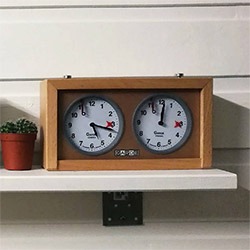
Beijing sound artists Yan Jun and Zhu Wenbo developed this hour-long sound composition from independent recordings, a set of abstractions through recordings in the field, mechanical and electronic devices, human voice and utterance, acoustic and electronic instruments, &c. &c., made cohesive and compelling through independent time assignments by each artist; inexplicably interesting.
In Stock
Quantity in Basket: None
Log In to use our Wish List
Shipping Weight: 3.00 units
EU & UK Customers:
Discogs.com can handle your VAT payments
So please order through Discogs
Sample The Album:
Yan Jun-voice, field recordings, performer, arranger
Zhu Wenbo-snare drum, digital piano, upright piano, clarinet, audio signal generator, printer, cassette duplicator, scanner, audio signal generator, taped mandolin
Click an artist name above to see in-stock items for that artist.
Six-panel digipak, photos by Yan Jun/Zhu Wenbo, design by Yuko Zama.
Label: erstwhile
Catalog ID: erstwhile 091
Squidco Product Code: 30528
Format: CD
Condition: New
Released: 2021
Country: USA
Packaging: Digipack
Yan Jun recorded in Beijing, China, in February, 2021.
Zhu Wenbo recorded in Qingdao and Beijing, China, from September, 2020, to February, 2021.
"Twice is a June 2021 release on Erstwhile Records by Beijing, China based musicians, Yan Jun and Zhu Wenbo.
The album consists of a single one-hour long track made from recordings created independently (time and location) by Jun and Wenbo. The audio material includes: field recordings, human voice (a few spoken words, breathing, mouth sounds, swallowing, and a recurring low humming), electro-mechanical devices (printer, cassette duplicator, scanner, etc.) and some traditional musical instruments (snare drum, digital piano, upright piano, clarinet, and mandolin). The traditional musical instruments are used sparsely and abstractly, most often they seem to emerge as part of the concurrent field recording or electro-mechanical humming.
This recording is definitely not jazz or free jazz related, nor is it improvised (although some of the material used in it's creation likely was); this is electro-acoustic composition best described as musical surrealism, i.e. the intentional juxtaposition of disparate audio materials. It is a highly unpredictable listening experience and one best enjoyed with headphones, as the use of the left/right stereo field is integral, as is the use of depth, i.e. some things sounding far distant and others right in your face. This depth, created with differences in volume, separates the various audio elements into layers that approximate the traditional musical elements of melody (here, the thing that is loudest), counter melody (here, that which is of medium volume, or actively changing volumes), and accompaniment/background (that which is lowest volume).
On the surface, this recording presents itself as a random sound collage, however on multiple listenings and bits of information available at [erstwhile] it is evident that there is a compositional process at work managing the making and combination of audio elements. For instance, "Yan Jun: time assignment for layer B" and "Zhu Wenbo:time assignment for layer A" indicate that there were some durational controls at work in the independent recording of each composer's material. However, these durational parameters, or any kind of patterning, are not immediately apparent in the listening experience; this would require a much deeper analysis of the work.
This is patient, challenging music. It is a slower paced, maybe even minimalist reminder of John Cage's series of "Variations" compositions (I-VIII, 1958-1967) or some kind of Fluxus-inspired audio work. The duration of the work, the slow development, and the total abstraction of sounds has an affect of suspended time and reality for the listener, kind of like wandering through a Dalí landscape. If you are looking for a highly idiosyncratic and unpredictable listening experience Twice is that album."-Ron Coulter, The Free Jazz Collective
Six-panel digipak, photos by Yan Jun/Zhu Wenbo, design by Yuko Zama.
Artist Biographies
• Show Bio for Yan Jun "Yan Jun was born in 1973 and he grew up in Lanzhou in the province Gansu, where during his teenage years he started writing poetry. He has lived in Beijing since 1999 where he has worked as a music critic, focusing mainly on Chinese underground rock. He founded the record label Sub Jam in 2000, which has since produced a lot of alternative Chinese music. He started making his own music in 2004. Whilst this may be seen as relatively late, his music making can be considered just one of several strings to Yan Jun's bow, along with performance, poetry, writing and curating. Yan Jun's aesthetic is like a reflection of this borderless, non-hierarchical musical melting pot where everything seems possible. His main sounding materials are field recordings and noise. Esthetically he is interested in sound characteristics such as high frequencies, noise and silence. He plays live, as a soloist or with other musicians and uses lo-tech apparatus, often in improvisation and thus plays a part in the international 'improv' scene. As a composer and musician, he also explores the sonic consequences of body movements, works with video, makes sound installations and writes his own texts for his media works. It comes as no surprise that he has been presented to the Shanghai Biennale, has received a honorarium mention at Prix Ars Electronica and has been invited to the Berlin and Rotterdam international poetry festivals. With and through different media, Yan Jun is exploring the poetic side of the everyday and of basic materials, exemplified in a few of his works from the last years. Recently, for "Living Room Tour," in Beijing 2014, he visited several private living rooms and from this made a collage of audio and video recordings. The live work "Gestures (Two)" depicts a scene which revolves around a slowly moving and silent figure who is captured in his movements by swarming photographers. In this rather still and quiet performance, the sound of the camera shutters and the flashes give a minimalist commentary on the implication of performing, listening and documentation. In "Let's act", which was conducted in 2014 in Rotterdam, Yan Jun elegantly links the various cultural activities his oeuvre presents. A text written by Yan Jun about noise and the instrumentalization of noise is juxtaposed with field-recordings and video shots from everyday life. Here noise, rather than being composed, is drawn from a variety of essential parts of life such as communication and social gathering. The work thus artistically displays some of the main features of Yan Jun's music and art. Although he uses a broad range of techniques, he maintains a strong focus and concentration on the everyday and on the importance of the visual as well as an auditive reality."-Andreas Engström ^ Hide Bio for Yan Jun • Show Bio for Zhu Wenbo Zhu Wenbo is a sound artist, event organiser, and founder of the Zoomin' Night label based in Beijing. Zhu Wenbo is a man that has many projects going on all the time. Currently, he has projects that go by the names of Not In Catalog, No Perform, and Xiao Hong Yu Xiao Xiao Hong as well as performing solo and doing a number of one off collaborations with various people. In addition to being a musician, Zhu Wenbo used to organize the experimental show called Zoomin' Night which was held first in D22 and then XP every Tuesday for 6 years. After XP closed, Zoomin' Night has since become a tape label that focuses on experimental music. ^ Hide Bio for Zhu Wenbo
7/9/2025
Have a better biography or biography source? Please Contact Us so that we can update this biography.
7/9/2025
Have a better biography or biography source? Please Contact Us so that we can update this biography.
Track Listing:
1. Twice 01:00:33
erstwhile
Electro-Acoustic
Electroacoustic Composition
Field Recordings
Sound, Noise, &c.
Duo Recordings
New in Experimental & Electronic Music
Search for other titles on the label:
erstwhile.


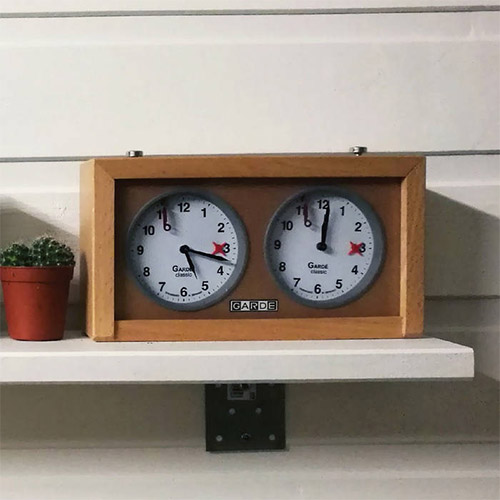


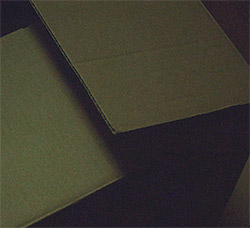
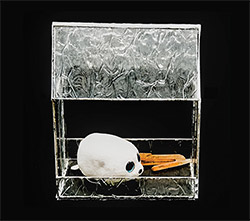
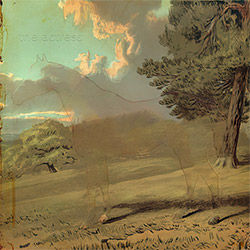
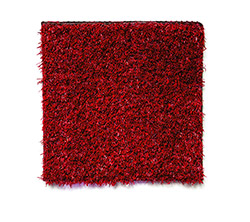
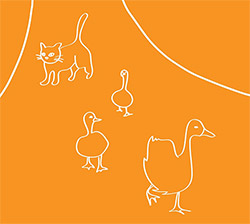
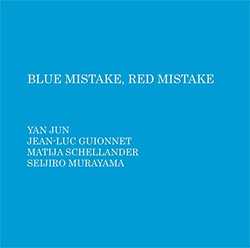
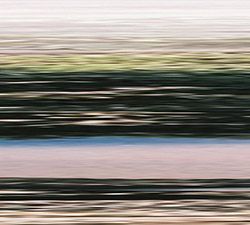
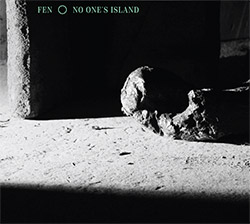

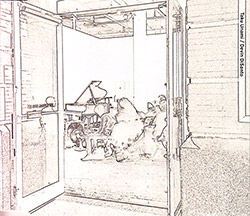
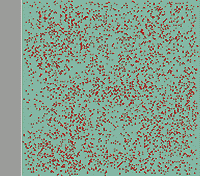

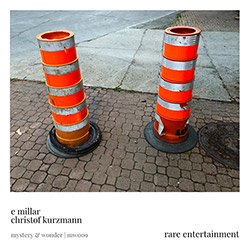
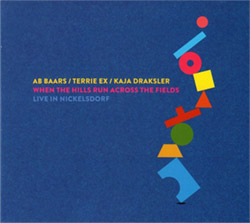
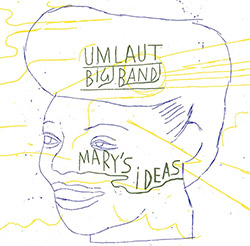
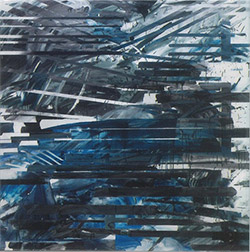
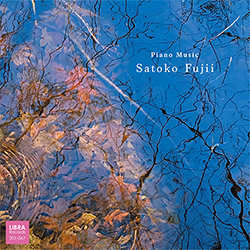
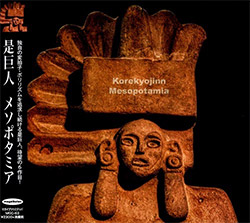
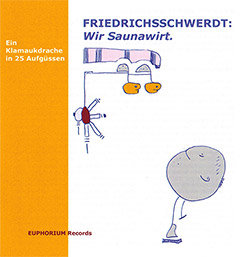
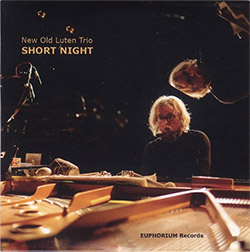

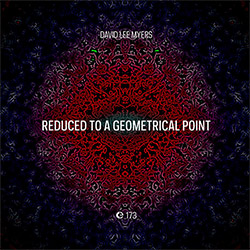
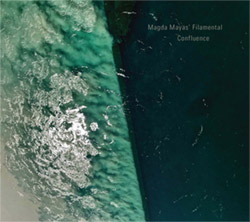
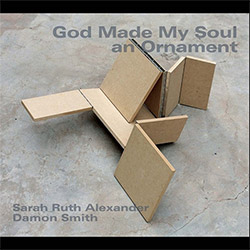


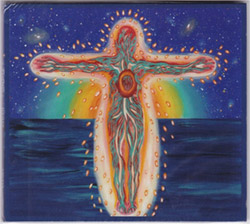

![BlueRing Improvisers: Materia [2 CDs]](https://www.teuthida.com/productImages/misc4/36513.jpg)
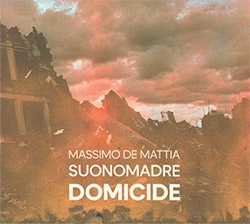
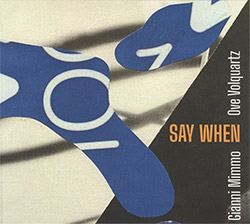
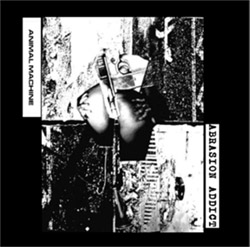
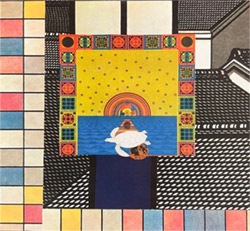
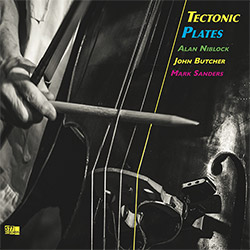
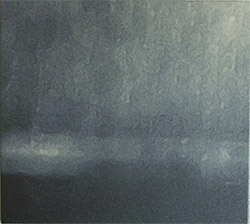

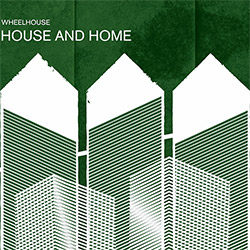
![Wheelhouse (Rempis / Adasiewicz / McBride): House And Home [VINYL]](https://www.teuthida.com/productImages/misc4/36462.jpg)
![+DOG+: The Light Of Our Lives [2 CDs]](https://www.teuthida.com/productImages/misc4/36009.jpg)

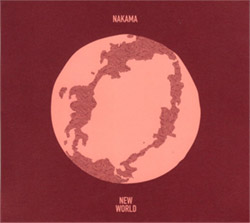
![Parker, Evan / Jean-Marc Foussat: Insolence [VINYL]](https://www.teuthida.com/productImages/misc4/36398.jpg)
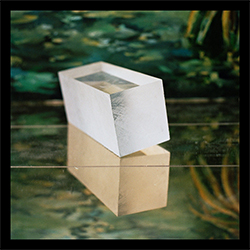
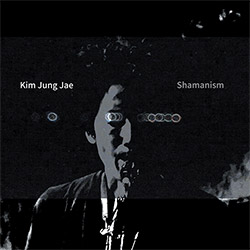
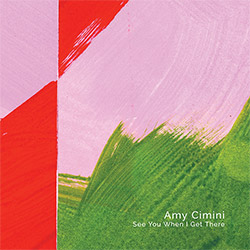
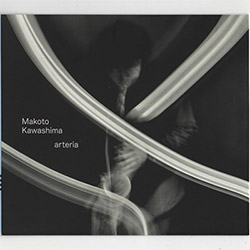
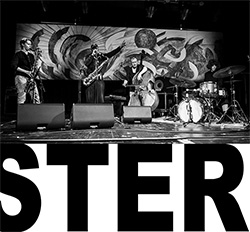
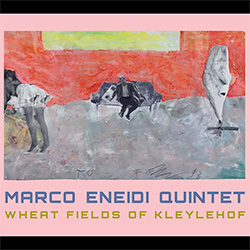
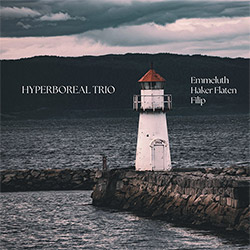
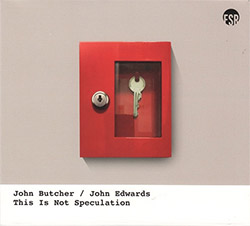
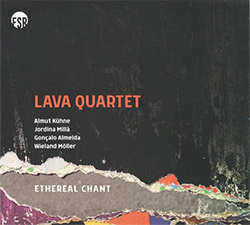
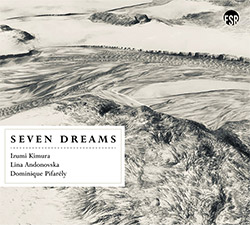
![Deupree, Jerome / Sylvie Courvoisier / Lester St. Louis / Joe Morris: Canyon [2 CDs]](https://www.teuthida.com/productImages/misc4/36404.jpg)
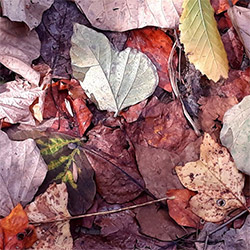
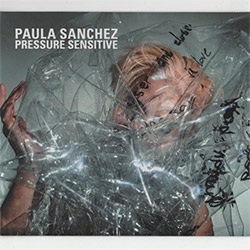
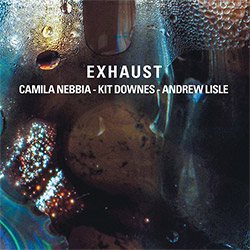
![Eventless Plot | Haarvol: The Subliminal Paths [CASSETTE + DOWNLOAD]](https://www.teuthida.com/productImages/misc4/36232.jpg)
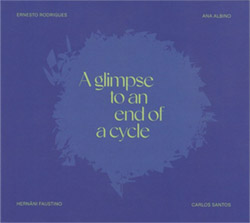
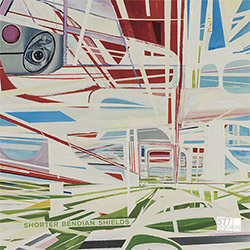
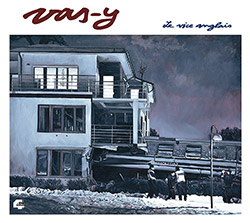


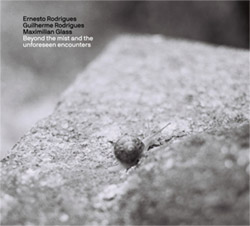

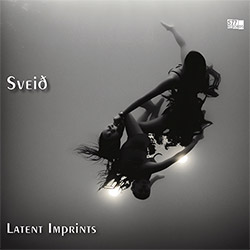
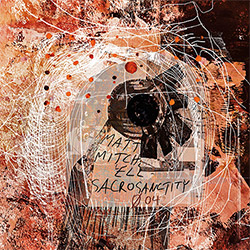
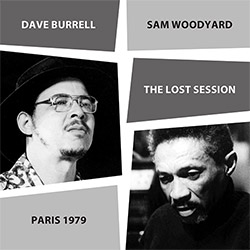
![Eventless Plot | Francesco Covarino: Methexis [CASSETTE + DOWNLOAD]](https://www.teuthida.com/productImages/misc4/36231.jpg)
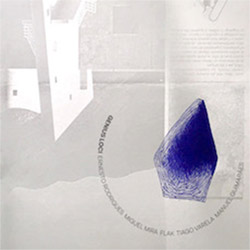
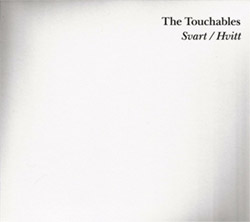
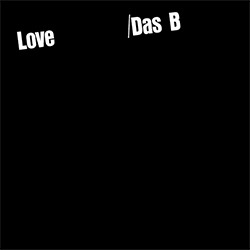
![Das B (Mazen Kerbaj / Mike Majkowski / Magda Mayas / Tony Buck): Love [VINYL]](https://www.teuthida.com/productImages/misc4/36329.jpg)
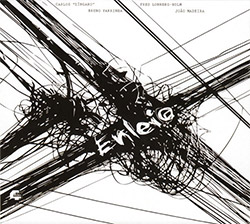
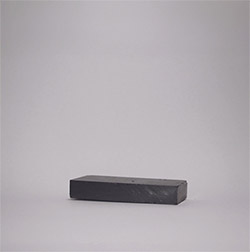
![Eternities: Rides Again [CASSETTE]](https://www.teuthida.com/productImages/misc4/36247.jpg)
![Lopez, Francisco: Untitled (2021-2022) [2 CDs]](https://www.teuthida.com/productImages/misc4/36438.jpg)
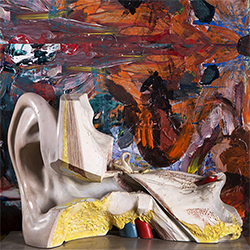

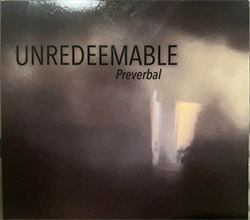
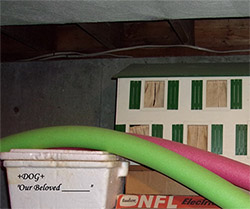
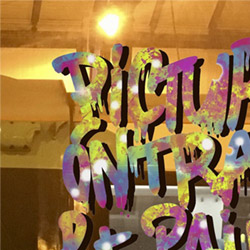
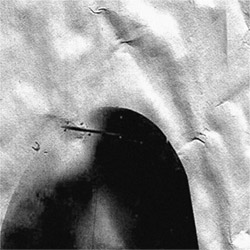
![Money : Money 2 [2 CDs]](https://www.teuthida.com/productImages/misc4/35894.jpg)
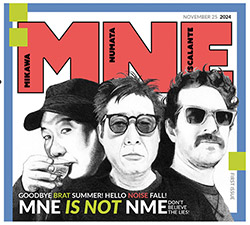
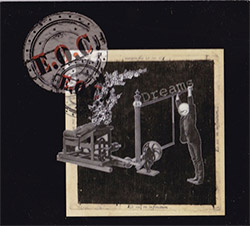
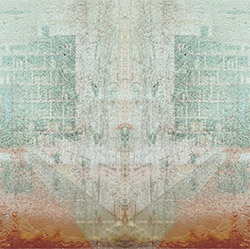
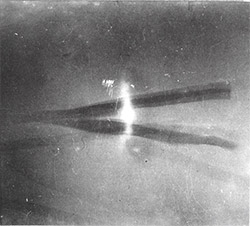
![Klinga, Erik: Elusive Shimmer [VINYL]](https://www.teuthida.com/productImages/misc4/36258.jpg)
![CHANGES TO blind (Phil Zampino): Volume 9 - I Wave on a Fine Vile Mist [CD + DOWNLOAD]](https://www.teuthida.com/productImages/misc4/36061.jpg)

![Wallmart / Rubbish: Asset Protection [split CD]](https://www.teuthida.com/productImages/misc4/35900.jpg)
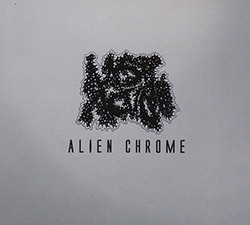
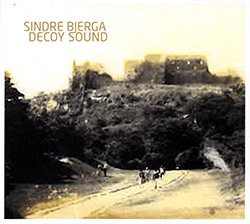
![+Dog+: The Family Music Book Vol. 5 [2 CDs]](https://www.teuthida.com/productImages/misc4/35897.jpg)
![Kuvveti, Deli : Kuslar Soyledi [CASSETTE w/ DOWNLOAD]](https://www.teuthida.com/productImages/misc4/36107.jpg)
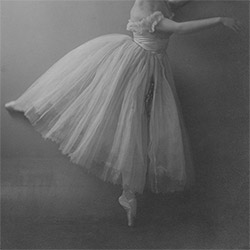
![Brown, Dan / Dan Reynolds: Live At The Grange Hall [unauthorized][CASSETTE]](https://www.teuthida.com/productImages/misc4/36245.jpg)
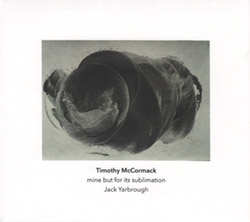

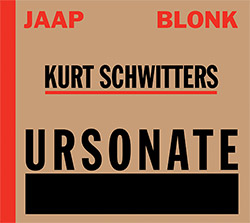
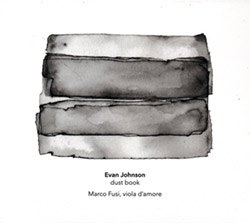
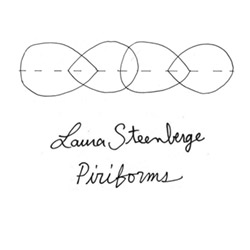
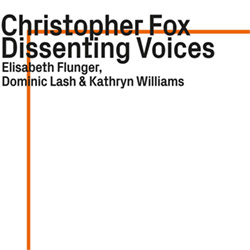
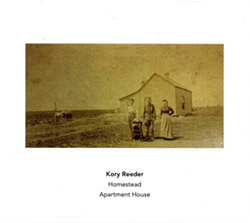
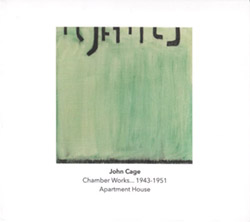
![Palestine, Charlemagne / Seppe Gebruers: Beyondddddd The Notessssss [VINYL]](https://www.teuthida.com/productImages/misc4/36206.jpg)
![Palestine, Charlemagne / Seppe Gebruers: Beyondddddd The Notessssss [NEON GREEN VINYL]](https://www.teuthida.com/productImages/misc4/36207.jpg)
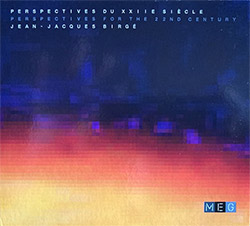
![Laubrock, Ingrid: Purposing The Air [2 CDs]](https://www.teuthida.com/productImages/misc4/35639.jpg)
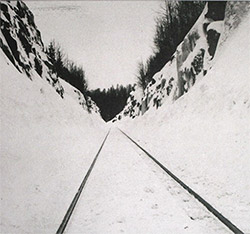
![Yoko, Ono / The Great Learning Orchestra: Selected Recordings From Grapefruit [2 CDs]](https://www.teuthida.com/productImages/misc4/35841.jpg)
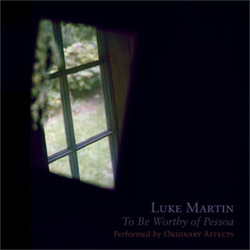
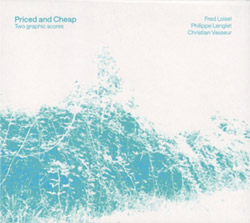
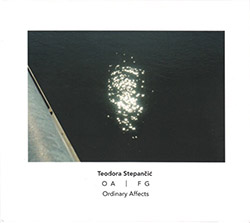
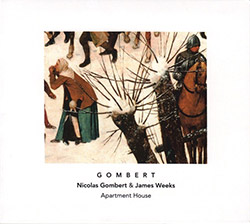

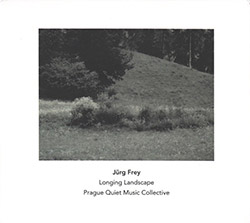


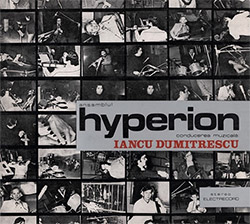
![Zorn, John / JACK Quartet: The Complete String Quartets [2 CDs]](https://www.teuthida.com/productImages/misc4/35609.jpg)

![Lonsdale, Eden: Dawnings [2 CDs]](https://www.teuthida.com/productImages/misc4/35480.jpg)
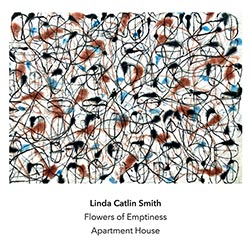
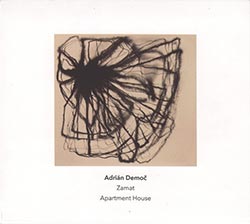
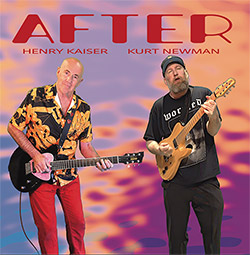
![Sorry For Laughing (G. Whitlow / M. Bates / Dave-Id / E. Ka-Spel): Rain Flowers [2 CDS]](https://www.teuthida.com/productImages/misc4/35985.jpg)

![Rolando, Tommaso / Andy Moor : Biscotti [CASSETTE w/ DOWNLOADS]](https://www.teuthida.com/productImages/misc4/36106.jpg)
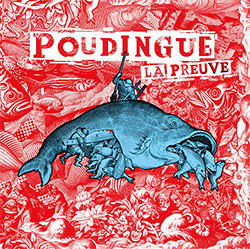
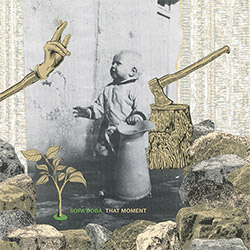
![Electric Bird Noise / Derek Roddy: 8-10-22 [CD EP]](https://www.teuthida.com/productImages/misc4/35970.jpg)
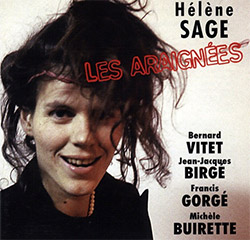
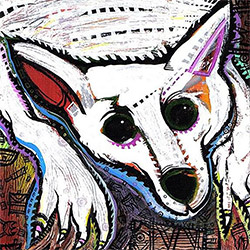

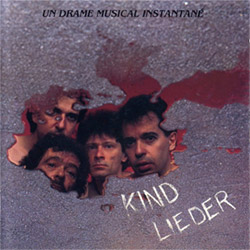
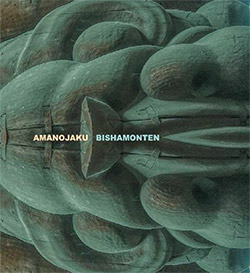
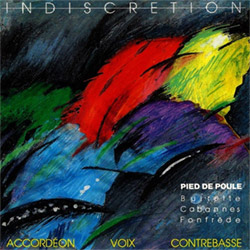
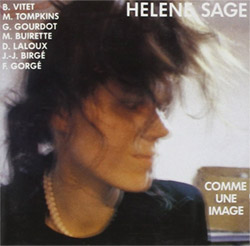
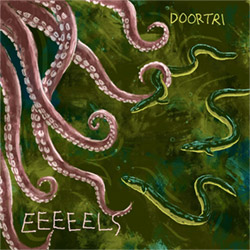
![Elephant9 : Mythical River [VINYL]](https://www.teuthida.com/productImages/misc4/34624.jpg)
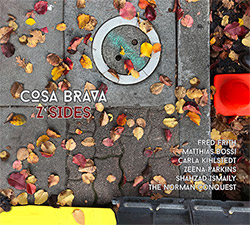
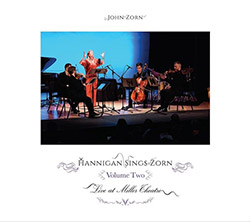
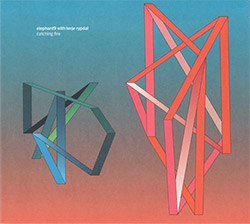
![Elephant9 with Terje Rypdal: Catching Fire [VINYL 2 LPs]](https://www.teuthida.com/productImages/misc4/35355.jpg)
![Deerlady (Obomsawin, Mali / Magdalena Abrego): Greatest Hits [VINYL]](https://www.teuthida.com/productImages/misc4/34876.jpg)
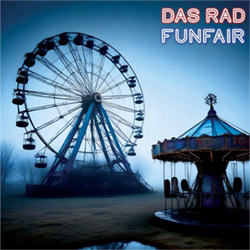
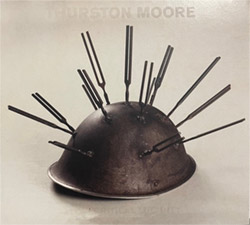
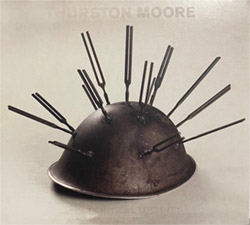

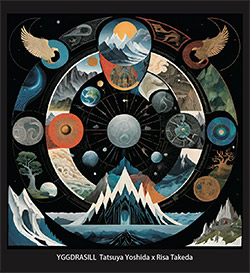
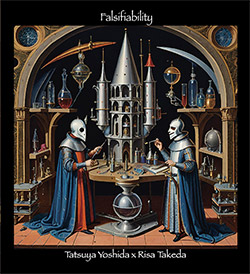
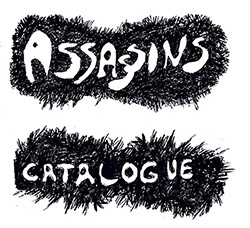
![Surplus 1980: Illusion of Consistency [CD]](https://www.teuthida.com/productImages/misc4/35069.jpg)
![Staiano, Moe: Away Towards the Light [VINYL + DOWNLOAD]](https://www.teuthida.com/productImages/misc4/35037.jpg)
![Coley, Byron: Dating Tips for Touring Bands [VINYL]](https://www.teuthida.com/productImages/misc4/17906.jpg)

![Lost Kisses: My Life is Sad & Funny [DVD]](https://www.teuthida.com/productImages/misc4/lostKissesDVD.jpg)